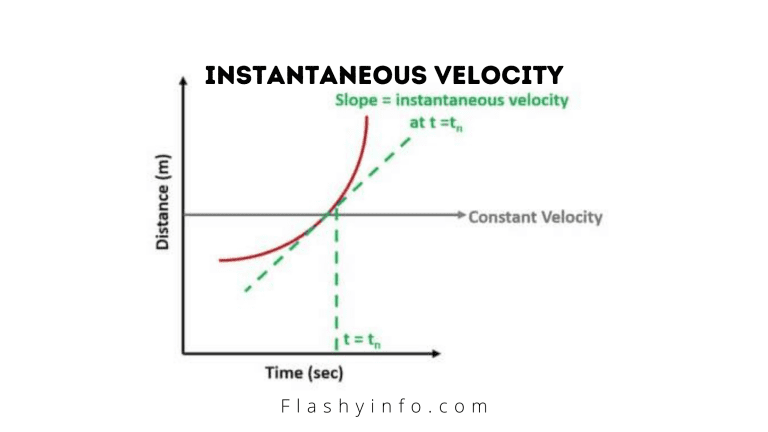What are A level qualifications?
When it comes to the end of GCSEs, the decision to study for further qualifications can be tough as there are so many routes to go down. Majority of the time, individuals aren’t aware of what the qualification involves and where it can take them. This applies with all but mostly A levels. As younger children, the talk of A levels is common and there is brief knowledge of what can be done with them. However, the understanding of what they are is never reached so most go into A levels with different expectations. If you are on the search for a better understanding on what A level qualifications are then you have come to the right place. Here is a carefully selected guide to get you started.
What are A levels?
A levels are the most traditional form of education in England, Wales and Northern Ireland. A levels stands for Advanced level and are a level 3 qualification that can be studied in a particular subject. A levels are usually taken as an academic subject such as maths, English and science although many schools offer more active or creative subjects such as PE, art and photography.
Where are A levels studied?
If chosen, A levels are typically studied in school, sixth forms and colleges. The choice of where you choose to study is usually quite flexible given that you’ve met the main entry requirements. Some secondary schools offer sixth forms which is a great option for those who are already comfortable and settled in their current environment. Always prioritise what will be best for your education. If staying at your schools sixth form feels safe but shows signs of jeopardising your academic success, you may want to consider studying elsewhere.
Can they be taken online?
With how advanced technology has become, opportunities have grown, including being able to study entirely from home. Studying A levels online is also known as distance learning and is great for those who want more of a flexible schedule. It also means there will be no necessity to attend lessons within a school which can be a deal breaker for some. As long as you have an internet connection, you’re good to go! Distance learning requires a lot of self-discipline as you will have to complete all studies from home without the assistance of peers and teachers in a learning environment.
How many A levels can you take?
At GCSE level, it is recommended to take as many subjects as possible. The variety gives students an idea for what they enjoyed at exam level and what they’d like to take further in their academics. At A levels, students take far less. The standard number is three, however some schools and colleges allow four. Permission is needed in order to take four as the workload and pressure is heavy.
The difference between content at GCSE vs A levels
The jump from GCSEs to A levels is big and is the reason many students struggle to work through it. A levels are much harder than GCSEs due to the fact that they are more advanced. Even though there is only one level between them – GCSE-level 2, A levels-level 3, the step up is intense. A levels are much more specific and focus on going into greater depth when it comes to topics. GCSEs are more of an overview of the subjects as a whole and only touch lightly on elements of it. The workload is also much heavier. GCSEs require 25 hours of lessons a week whereas A levels require 27, some of which is done out of class. It is also recommended that students do an additional 13 hours of independent study in the week in order to keep up with the content taught.
How are they assessed?
Levels are assessed based on a combination of written coursework and exams. This also depends on the exam board chosen by the school or college as some choose to purely test based on exams. Each exam is graded separately and then combined to give an overall grade. A Levels are a necessity when it comes to applying for university, although in some cases, BTEC courses can also take students into higher education too.







